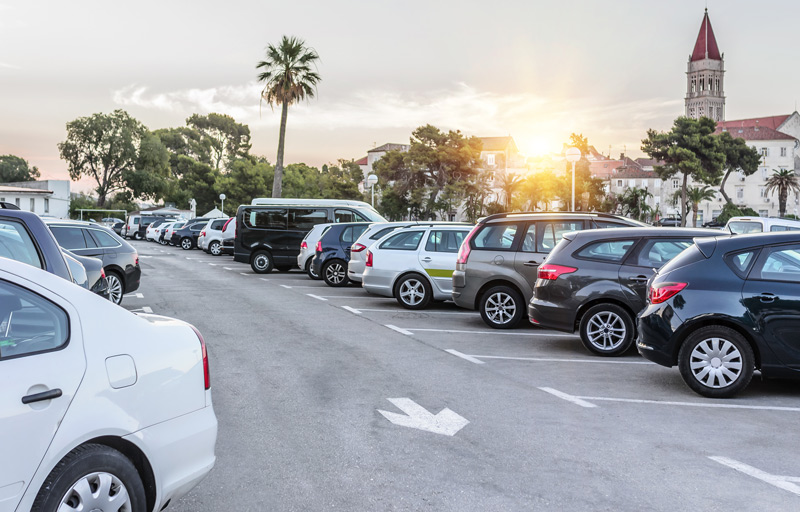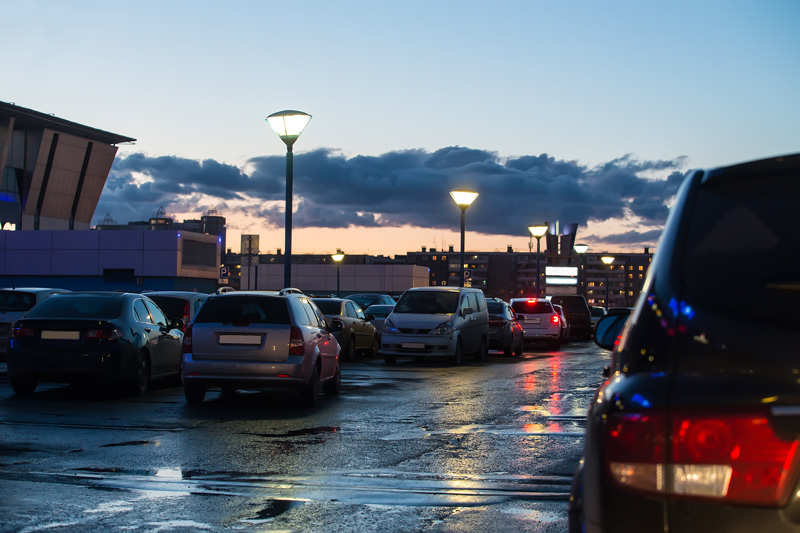By: Mark Wise

Bad guys are constantly on the lookout for easy targets where getting caught seems a low risk. This includes places open to the public and minimally staffed. Unfortunately, centers of worship fit this profile and have therefore become centers of vandalism and theft.
All is not lost. Experts in physical security are adept at employing a broad range of techniques to capture those intending to do harm.
Turning the Tables
Criminals move on to other targets when they run into deterrents or obstacles. They don’t want difficulties or interference leading to exposure or arrest. Facility experts and physical security personnel recommend that faith-based organizations eliminate opportunities for criminals. Setting up “Layers of Security” at a site can help stop crime. By using lighting, surveillance cameras, and individuals in strategic positions, leaders at faith-based locations can greatly reduce crime on their property. Understanding how the criminal mind thinks will help. Surveying the property, from the auditorium to outside fence, is key. But how does this work? Assessing the vulnerability of the site with safety and security in mind is the proper approach.

Gates & Parking Areas
Gates and parking lots are the first line of defense. This is the outer layer of security, where observation is the primary approach. During events or weekly services, volunteers or staff are stationed to watch and greet people as they enter the premises. If something seems out of place, they are trained to contact a security administrator or staff member, who monitors, or acts based on a predefined security plan. Attendees want a safe place to be with their family and friends. Having a proper security plan that is properly administered will improve the overall feeling of safety.
Security cameras may be deployed to cover wide areas, but may only be focused on choke points, obvious locations where traffic flows through driveways and/or security gates.

Building Entrances
The second layer of security is comprised of building entrances, walkways, and the perimeter surrounding buildings. Volunteers are positioned here before, during, and after events to greet people as they enter the premises. Making eye contact and offering to help direct an unrecognized visitor may provide insight into a person’s intent.
Security cameras are typically used in this area to help monitor activity and traffic. Live monitoring doesn’t have to be present, but it might be helpful for a security team to keep an eye on a large facility from a control room location. During events, doors are unlocked, but when facilities are closed, access control doors can restrict unauthorized personnel from secure buildings.
Auditoriums & Classrooms
The most secure layer of security is the auditorium and classrooms. When services are underway, trained volunteers and staff may be positioned where they can monitor the grounds and hallways to watch for suspicious activity. Positioning a trained attendant throughout the sessions has proven to reduce suspicious activity and add to the feeling of safety among attendees.
Some faith-based organizations lock entrance doors during the events while keeping life safety and exit strategy protocols in place. Life safety standards call for safe egress without locks in case of emergencies. Cameras in the auditorium may be present and surveillance cameras can be used to monitor parking areas during events. Restricted areas should remain locked with access control to keep curious people from locations that are off-limits.

Security Technology
Good lighting around the property is helpful for deterring criminal activity at night. If you haven’t walked around the grounds and facility at night, you should schedule a night visit to assess the vulnerability of your site. You might discover lights that need to be replaced or secure areas that don’t have enough lighting to provide adequate security.
In buildings and around the grounds, cameras with infrared capabilities are helpful. These cameras provide a nearly invisible illumination over an area that helps the cameras to see the surrounding area – even in the dark. IR cameras are a security staple for surveillance cameras. IR technology really enhances the ability of security personnel to see what’s happening within view of the camera.

Security Integration
A central control system, also known as a Video Management Software (VMS), can improve your security in an easy-to-use interface. It needs to work seamlessly with high-resolution IP cameras on site. Enterprise software, such as Perspective VMS®, can unify your security footprint by integrating access control, security cameras, and other security systems. PVMS uses interactive maps and camera groups to prevent security operators from losing track of suspicious individuals.
As your facility personnel engage in careful security planning, your commitment to the safety of your community will become abundantly clear. LENSEC can help with vulnerability assessments and technology recommendations. Please contact our team of physical security experts. We are behind you 100% in your goal to ensure the safety of your faith-based organization.
